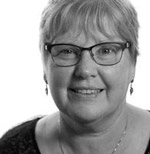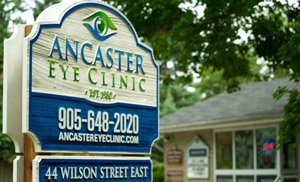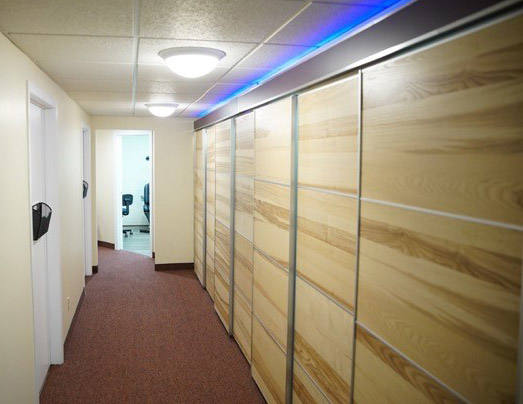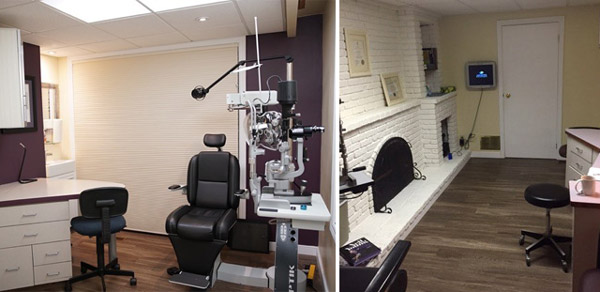

In 1985, when Judy Parks, OD, bought a house in downtown Ancaster, Ontario, Canada, she and her husband thought it was a good solution. The house had been built by a family physician to double as a practice, with a 40′ x 40′ addition for a large reception room and several small examining rooms. “We could live in it, and I could use the existing office space. We lived in it until our kids went to school, and it was a great setup as I was building my practice and wanted to be near my children,” she says. Ancaster’s population was about 8,000 when she first started practicing; now it’s about 40,000, and downtown real estate has become very attractive.


In 1990, around the time that her son and daughter were in preschool, the family moved to another house. Converting the living and dining room into practice space provided more space for two associate ODs and a staff of 12. This remodeling added a second exam room, finishing lab, contact lens room, staff kitchen, file room and larger reception area.
“By 1996, another expansion was required as technical equipment required space of its own. We expanded into the two-car garage and redesigned the office for our third and fourth lanes, field analyzer and pretesting equipment.”
Then at the end of 2015 and into 2016, Dr. Parks took on the most ambitious renovation to date. “We reworked the entire building, taking two months to do it,” she says. “We now have five exam rooms, two pretesting rooms and a reception area for two full-time receptionists.” The practice also added a dry eye specialty area, two labs and an updated dispensary with a sunglass area—and chose to make the conversion to an electronic health records system at the same time. She also just hired the practice’s fourth OD.
“This most recent renovation was a challenge. I didn’t want to close because I didn’t want my associate doctors and staff not to work,” she says. So as much work as possible was done in the evenings, weekends and on holidays to minimize disruption to patient care, she says. “When patients walk in now, it’s a whole different look, even though it’s inside the same colonial-style house downtown.”


Dr. Parks says she really didn’t have much choice. She needed space for new equipment, and she was eager to add specialized dry eye therapy to the practice. “It was becoming more difficult to have conversations with patients in private. As I stood back and wondered how this was all going to fit into the flow of the practice, I saw that I needed a complete change.” Among other shifts, the basement became the lab, and she brought in $50,000 worth of equipment for a second lane for edging lenses so she could provide patients with a faster turnaround. The renovation also included the addition of an extra bathroom, more storage, contact lens room and an updated staff kitchen.
Her children, who spent their early years here, are back. Her son is the lab manager and her daughter works as a receptionist. Her daughter-in-law is one of the ODs with the practice. “We have four exam rooms running at a time, and my exam room—when I’m here—has a fireplace. Patients love being escorted to the exam room with the fireplace.”


For now, the house also remains a home. There’s a two-bedroom apartment on the second floors, and Dr. Parks calls those tenants “my night watchmen.” Yet she knows how a space can be adapted to meet the current needs of a practice, and she’s already hatched an idea to turn that apartment into a day care space for her employees in the future. “That’s the beauty of owning your own practice,” she says.



